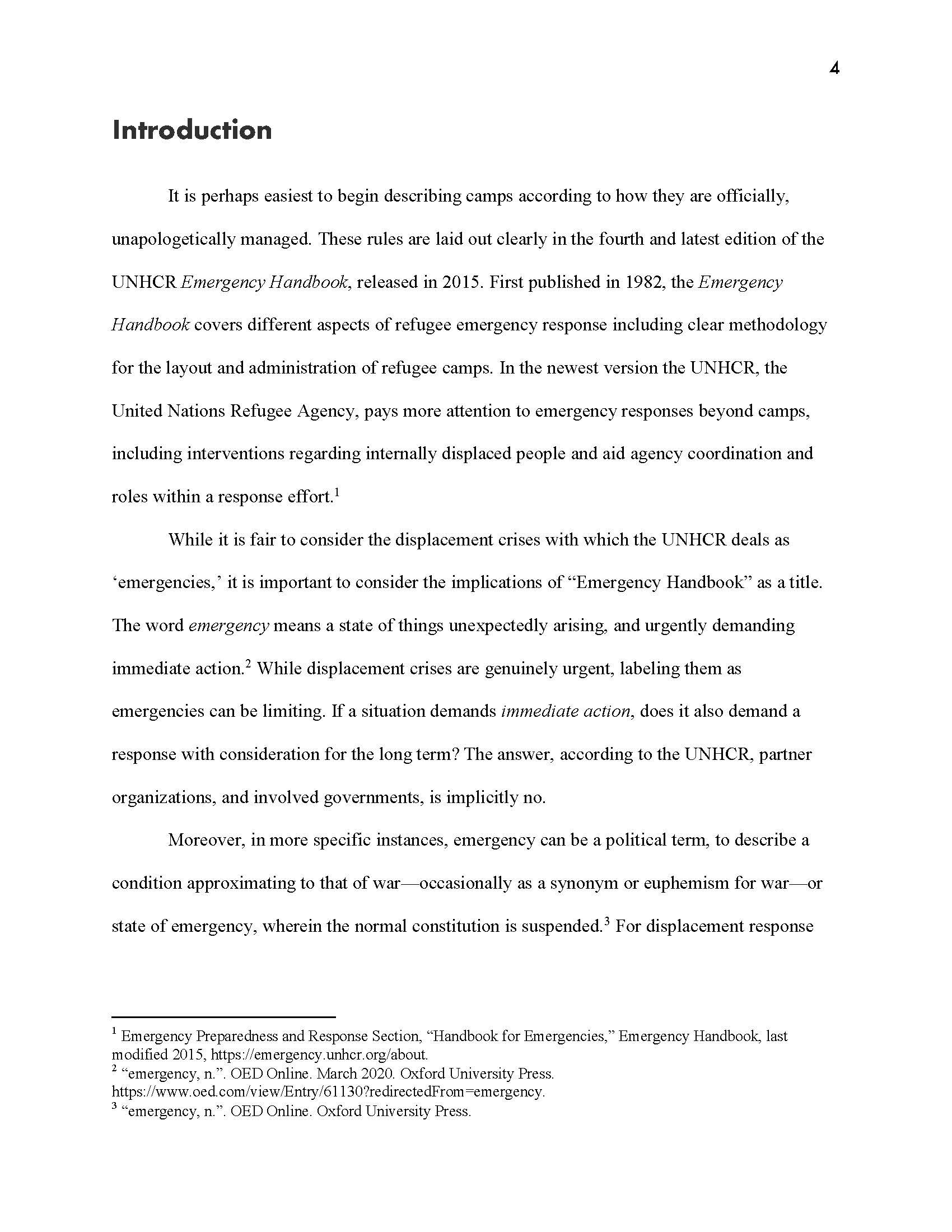Controlled Sanctuary
Sovereignty and Precarity in the Dadaab Refugee Complex
A culmination of my studies under the Urban Studies track under the architecture major, I my thesis on the Dadaab complex was completed over the course of the academic year. I am grateful to Dr. Anthony Acciavatti for his support in advising this work, and for the guidance of Marta Caldeira.
If interested, please contact me for a full version of the thesis.
This research centers on sovereignty and precarity in the Dadaab Refugee Complex, located in Garissa County of northern Kenya. The complex is a result of coordinated efforts by humanitarian agencies and state governments. Though these authorities do not claim sovereignty, they leverage biological needs and human rights, often trading one for the other to create a space where people, whether labeled refugee or not, must trade their freedoms for a deprived safety. These control points overlap in various ways, forming a mesh of restrictions. In nearly thirty years, almost no stability has emerged for those residing in the camps. Methodically managed and diligently optimized, refugees nonetheless must struggle for their survival.
To analyze an environment I have never visited, I privilege photographs, humanitarian reports, watchdog publications, research studies, journalistic work, government documents, and international policies. To frame my perspectives on refugee-status and encampment, I engaged with scholars who have theorized on sovereignty, zones of exception, the pitfalls of humanitarianism, and the omission of individual agency in these same frameworks.
Below is a sample of my thesis that frames the research.













